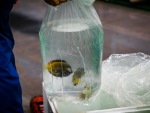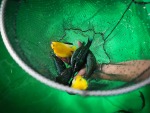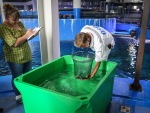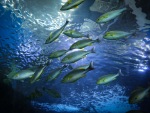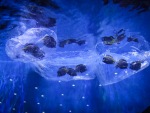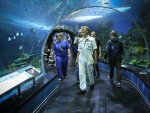A new batch of tropical fish was adapted at the Primorsky Aquarium
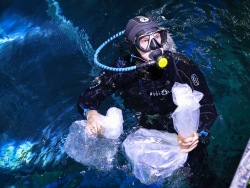
Brought in early June from the Philippines, the fish were moved from the Science and Adaptation Center into an exposition of the Primorsky Aquarium.
"They were caught in the wild. During the thirty-day quarantine, ichthyo-pathologists conducted antibacterial and anti-parasitic treatment for newcomers. Fish have got used to a new home and to a new diet. They are active and gain weight well - are the main signs of the healthy hydrobionts. So, we don’t see any reasons to keep them beyond the standard deadline for adaptation", - says Natalia Gireva, chief specialist of the maintenance of hydrobionts of the tropical seas department.
The procedure for relocation has already been well worked out. Small fish or fish being intended for a different water reservoirs are caught from aquariums, placed in bags with air and placed in a shipping container. The large fish that live in tanks are caught with a rubberized landing net for a non-traumatic hauling. In it, it does not get hurt against the walls and flows freely with water into another reservoir. To collect fish, the ichthyologist submerges into a tank with partially drained water. The catch is passed on to the work-colleague, who releases it into the transportation container. Newcomers settled in different reservoirs. Flag fin angel and Sixbar wrasse went to the Great Coral Reef (tunnel). Anemone clownfish, zebrafish, jewelled blenny, mandarinfish and Japanese surgeons found their home in the Small Coral Reef, in front of the tunnel. The new residents to move in are the Ribbon eels (Leafnosed moray eels)
These newbies should not be put with moray eels already living in the Aquarium, old residents will eat strangers of a different species. Nosed wrassies, so-called doctors or cleaners, were distributed over a several reservoirs, including the Ocean abyss, the Great and Small Coral Reefs.
25/07/2017

